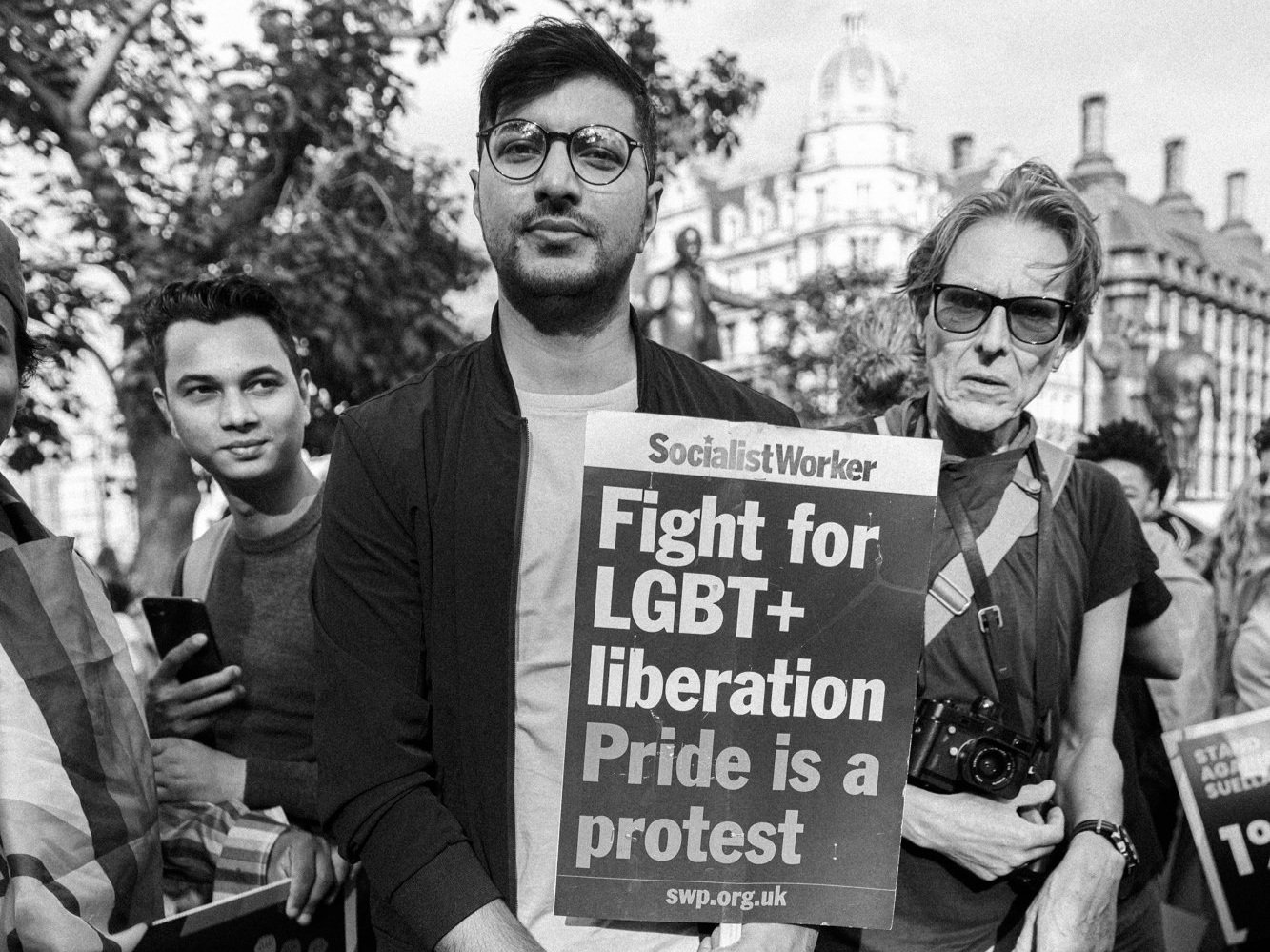10 Trends in Social Impact Storytelling
Want to know why some social impact stories go viral while others, despite being just as important, get ignored?
Ten years ago, after losing my fiancé to suicide, I learned something powerful about storytelling that would change everything.
That moment taught me why some stories move people to action, while others just move them to scroll past.
The Evolution of Impact Stories
When I started working within social change organisations, first at Magnum Photos and later through my charity work at Naz and Matt Foundation, most organisations followed a simple formula:
Show the problem
Talk about the solution
Ask for support
But something has changed.
Today's audiences want more than just stories about problems and solutions.
They want to be part of the change.
What's Really Happening in 2025
Here's what I'm seeing across London's purpose-driven organisations:
1. The Rise of Real-Time Impact
Remember when social impact reports came out once a year?
Those days are gone.
Today's most effective organisations are showing impact as it happens. They're using:
Live documentation
Immediate updates
Real-time storytelling
But here's what makes this truly powerful.
2. The Power of Community Voice
During my decade running a human rights charity, I discovered something interesting.
The most powerful stories don't come from organisations. They come from communities.
This is why we're seeing a massive shift toward:
Community-led narratives
Shared storytelling
Collaborative documentation
3. The Return to Raw Authenticity
Here's something fascinating I learned while working with Magnum's archives:
The most powerful images weren't always the most polished.
Henri Cartier-Bresson's most impactful photos weren't perfectly composed. They were real. Raw. Authentic.
This lesson is more relevant than ever.
4. The Multi-Platform Story
When I started documenting my charity's work, we focused on broadcast and traditional media.
Now, effective impact stories live across multiple spaces:
Visual platforms for immediate impact
Long-form for depth
Audio for intimacy
Interactive for engagement
5. The Focus on Solutions
Something interesting is now happening in impact storytelling.
The focus is shifting from problems to solutions.
This isn't about ignoring challenges. It's about showing change is possible.
I learned this through my own journey of loss and purpose.
6. The Integration of Data and Emotion
Here's what most people get wrong about impact stories - they think they need to choose between data and emotion.
They don't.
The most powerful stories in 2025 are combining:
Hard data with human stories
Statistics with personal impact
Numbers with narratives
7. The Rise of Micro-Documentation
Working in Magnum's archives, I saw how single images could change history.
Today's equivalent?
Micro-moments of impact.
Short, powerful glimpses of change happening in real time.
8. The Ethics Evolution
This one's personal.
After years of working with vulnerable communities, I've seen how storytelling can either empower or exploit.
2025's trend is clear:
Ethical storytelling first
Community consent always
Dignity non-negotiable
9. The Technology Balance
Here's what's fascinating about 2025:
Despite all our new technology, the most powerful stories still come down to human connection.
Yes, we're seeing:
AI-enhanced editing
AI avatars
Augmented reality overlays
But they only work when they serve the human story.
10. The Return to Long-Form
Surprised?
In a world of short attention spans, long-form impact stories are making a comeback.
Why? Because real change needs context.
What This Means for Your Organisation
If you're working to create positive change, these trends matter.
Not because you need to follow them all.
But because they show us something crucial about how people connect with impact.
They want it real.
They want it now.
They want to be part of it.
The Future of Impact Storytelling
Here's what I believe is coming:
More collaboration between organisations and communities.
Deeper integration of multiple storytelling formats.
Stronger focus on solution-driven narratives.
But most importantly, a return to the fundamental truth I learned that devastating day ten years ago:
The most powerful stories aren't just about impact.
They're about hope.
Making It Work for You
Start by asking yourself:
How real is your storytelling?
How immediate is your impact documentation?
How much are you involving your community?
Because in 2025, the organisations making the biggest difference aren't just doing good work.
They're telling true stories about it.
And they're telling them in ways that make others want to help create change.

